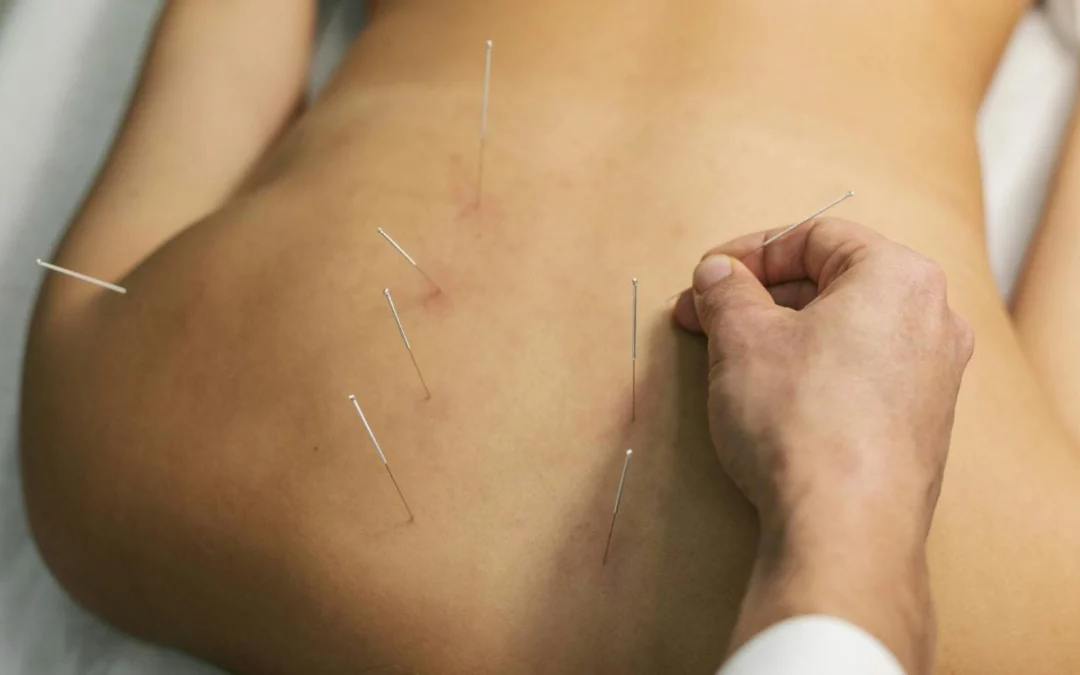Let’s be real—hip flexor pain can sneak up on you fast. One day you’re crushing your workout or just getting through your daily routine, and the next, you’re dealing with nagging stiffness or sharp pain that won’t let up. It’s frustrating, especially if you’re trying to stay active. One method that’s been getting more attention lately is dry needling for the hip flexors. But what is it? Does it actually work? And is it right for you?
At Accelerate Therapy and Performance, we get these questions all the time. So we’re breaking it all down: why your hip flexor might be acting up, how dry needling can help, and when it’s time to come in and see us.
Understanding the Hip Flexors
Before diving into treatment, it helps to understand what’s going on under the surface. The hip flexors are a group of muscles that allow you to bring your thigh toward your torso. This includes muscles like:
- Iliopsoas (iliacus + psoas major)
- Rectus femoris (part of your quads)
- Sartorius
- Tensor fasciae latae (TFL)
These muscles are heavily involved in activities like walking, running, climbing stairs, or even just sitting for long periods—which, believe it or not, can actually cause tightness and irritation over time.
When any of these muscles become overused, tight, or strained, you might start feeling pain in your groin area, front of the hip, or deep into the abdomen.
What Causes Hip Flexor Pain?
There’s no single reason people end up with hip flexor issues. It’s usually a mix of lifestyle, movement patterns, and sometimes deeper structural or nerve-related problems. Here are some common causes:
1. Overuse Injuries
Athletes, runners, cyclists, and people with active jobs often overuse their hip flexors. Repetitive motion without proper recovery leads to small strains that add up over time.
2. Poor Posture and Prolonged Sitting
If you’re seated at a desk all day or tend to slouch, your hip flexors can tighten and weaken from lack of use. That imbalance pulls on your pelvis and lower back, triggering discomfort.
3. Muscle Imbalances
Weak glutes or hamstrings can cause your hip flexors to overcompensate. That extra workload can lead to chronic tension or inflammation.
4. Acute Strains
Sudden, explosive movements—like sprinting or kicking—can cause the hip flexor muscles to overstretch or tear.
5. Nerve Entrapments
Sometimes, hip flexor pain isn’t just about the muscles. Nerves like the femoral or lateral femoral cutaneous nerve can get irritated or compressed, mimicking muscle pain.
6. Underlying Medical Conditions
Conditions like hip labral tears, arthritis, or bursitis can cause or contribute to pain in the hip flexor area, though they may not always be the primary source.
How Dry Needling Helps with Hip Flexor Pain
Let’s talk about what you came here for: dry needling.
Dry needling is a technique that uses thin, sterile needles to target trigger points—tight bands or knots within the muscle. When done right, it helps reset the muscle, reduce tension, and restore normal function. It’s not acupuncture (though it looks similar); dry needling is rooted in Western medicine and focuses on releasing myofascial pain and improving movement.
Why It Works for Hip Flexors
The hip flexors are buried deep within the body, especially the iliopsoas, which makes them harder to treat with massage or foam rolling alone. Dry needling allows a trained physical therapist to access and release those deep trigger points directly. That means faster pain relief, improved mobility, and better outcomes in fewer sessions.
Here’s what dry needling does for the hip flexors:
- Reduces pain and sensitivity in the front of the hip and groin
- Improves blood flow and healing in chronically tight areas
- Restores range of motion and reduces compensation patterns
- Activates dormant muscles to balance movement again
When paired with corrective exercises and hands-on therapy (which we also do at Accelerate), the results can be powerful.
How Do You Know If Dry Needling Is Right for You?
A lot of people try to tough it out, but here are some red flags that mean it’s time to get evaluated:
- You’ve had hip flexor pain for more than a week with no improvement
- Stretching or foam rolling makes it worse
- Pain shoots down your thigh or groin
- You feel pinching or catching in the front of the hip
- It hurts to lift your leg or walk uphill
You can try some basic self-assessments: lying on your back and pulling one knee to your chest should stretch the opposite hip. If the other leg lifts off the table, your hip flexor is likely tight or overactive.
Still unsure? That’s where we come in. At Accelerate Therapy and Performance, we assess your movement, identify the root issue, and create a tailored game plan—including dry needling if it’s the right call.
Other Treatment Options for Hip Flexor Pain
Dry needling works best as part of a bigger strategy. Depending on your situation, we might also recommend:
1. Corrective Exercises
We’ll guide you through glute activation drills, hip mobility flows, and posture resets to rewire your movement habits.
2. Heat or Ice
Depending on whether you’re dealing with inflammation or stiffness, targeted application of heat or cold can help manage symptoms.
3. Movement Re-Education
We’ll teach you how to squat, walk, lunge, or run in ways that unload the hip flexors and put the work back where it belongs.
4. Strengthening Other Muscle Groups
By building strength in your core, glutes, and hamstrings, we can offload overworked hip flexors and restore balance to your body.
Preventing Hip Flexor Pain in the Future
Even after the pain is gone, it’s important to stay ahead of it. Here’s how you can keep those hip flexors happy:
- Stay mobile – Dynamic warm-ups before activity and stretching afterward helps keep things loose.
- Move often – Don’t stay seated for hours on end. Get up, walk around, and change positions.
- Strengthen the supporting cast – Train your glutes, core, and posterior chain consistently.
- Watch your form – Whether running or lifting, form matters. Bad movement patterns = overloaded hip flexors.
- Prioritize recovery – Hydration, sleep, and mobility work are essential if you want to stay injury-free.
At Accelerate, we’ll not only treat the problem—we’ll give you the tools to stop it from coming back.
Let’s Fix This – Book a Dry Needling Session Today
If hip flexor pain is holding you back, don’t wait it out and hope it magically goes away. You’ve got options—and dry needling might be the one that finally brings relief.
At Accelerate Therapy and Performance, we’ve helped countless patients get back to moving pain-free with customized care that goes deeper than surface-level fixes. Whether you’re an athlete, weekend warrior, or just want to feel good walking your dog again, we’re here to help.
Book your consultation today and find out if dry needling is right for your hip flexor pain. You deserve to move with freedom and confidence again—let’s make it happen.



